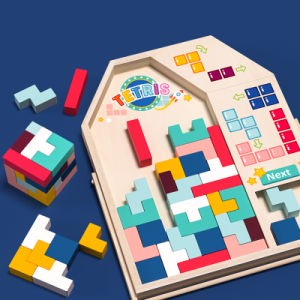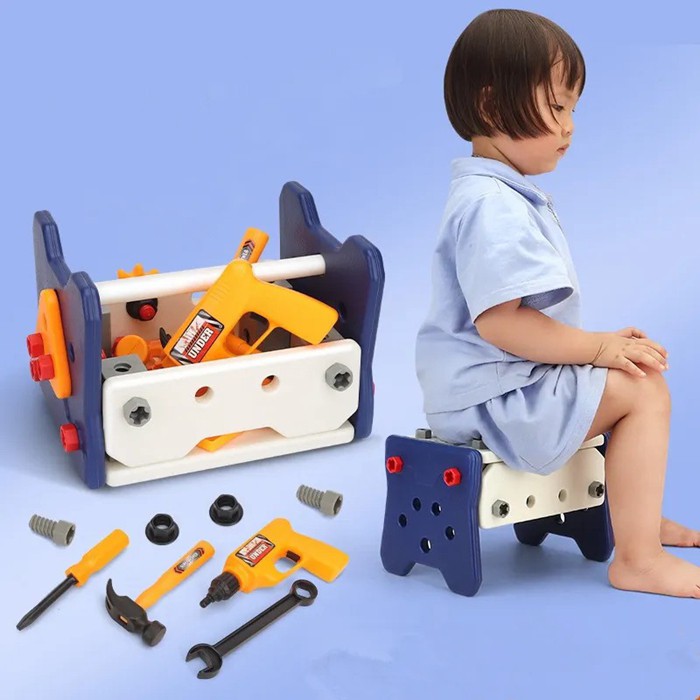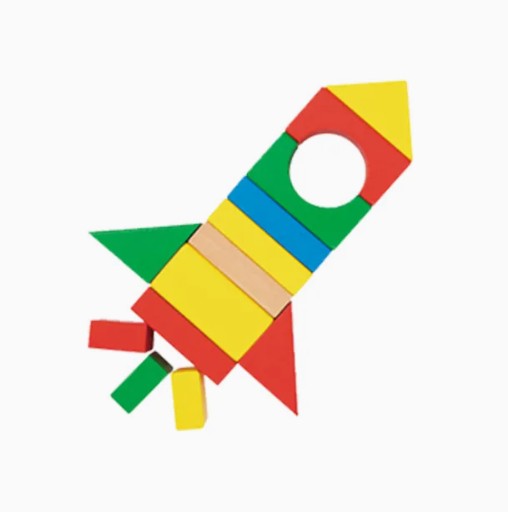Unleashing Joy and Development: The Ultimate Guide to Toddler Toys
Product description
Introduction: The Importance of Toddler Toys for Growing Minds
Toddler toys are more than just playthings; they are essential tools that foster early childhood development, stimulate imagination, and nurture essential skills. Carefully designed for children aged 1 to 4, these toys come in various shapes, sizes, and functions, each contributing uniquely to a toddler’s growth. From fine motor skills to social interaction, the right toddler toys can make a significant difference in a child's formative years. This guide offers a comprehensive look into what makes a great toddler toy, their benefits, and answers to common questions parents and caregivers often have.
Comprehensive Features of Toddler Toys
Toddler toys are crafted with safety as a priority, featuring non-toxic materials, rounded edges, and durability to withstand rough handling. They are often made from soft plastics, wood, or environmentally friendly composites, ensuring safe supervision during playtime. Many toys incorporate bright colors, varied textures, and sounds to engage multiple senses, aiding cognitive development. Interactive components, buttons, puzzles, or shape sorters, encourage problem-solving and fine motor skills, while large and easy-to-grasp pieces support hand-eye coordination. Educational features are often integrated such as numbers, letters, or animal shapes, which subtly introduce early learning concepts. The versatility of toddler toys makes them suitable for both individual and group play, fostering independence and social skills simultaneously.
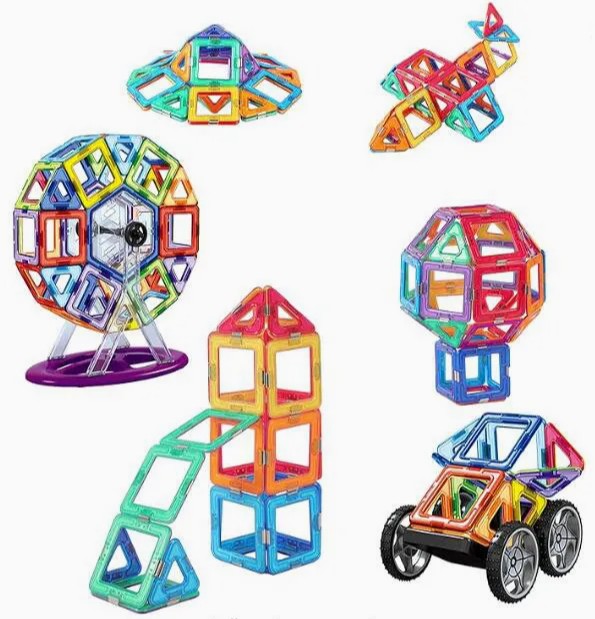
Core Advantages of Toddler Toys
The primary benefit of toddler toys lies in their ability to promote active learning. Physical activity involved in play helps develop gross motor skills like crawling, walking, and jumping. Simultaneously, manipulating toys boosts fine motor skills, enhancing coordination and dexterity. Many toys also promote cognitive growth through problem-solving and recognition tasks. Additionally, engaging with toys can help toddlers develop emotional regulation, share, and cooperate when playing with peers. The stimulating design and multisensory features can reduce screen time, encouraging more natural exploration and curiosity. Furthermore, high-quality toddler toys grow with your child, often adaptable or suitable for different developmental stages, making them cost-effective over time.
Main Usage and Application Scenarios
Toddler toys are incredibly versatile, fitting seamlessly into daily routines and diverse environments. They are perfect for indoor playrooms, nurseries, and outdoor spaces like parks. During independent play, these toys help foster confidence and self-reliance. When used in social settings, they encourage sharing, turn-taking, and communication skills. Many toddler toys are designed for various activities such as stacking, sorting, crawling, and imaginative role-play, supporting developmental milestones. They also serve as excellent tools for early learning in preschools or daycare centers, where structured activities can be supplemented with engaging and purpose-built toys. Whether for calming a hyperactive toddler or stimulating a curious one, selecting age-appropriate toys that match developmental needs ensures a balanced and enriching play experience.
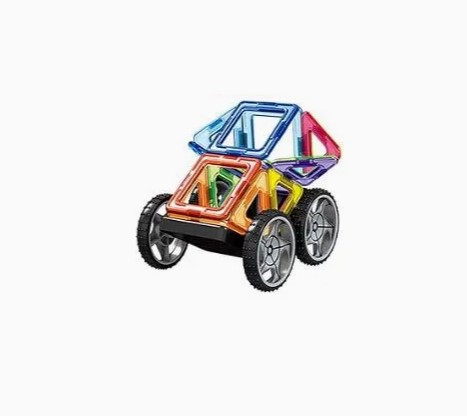
Q&A: Common Questions About Toddler Toys
Q1: What should I look for when buying toddler toys?
Look for toys made from safe and non-toxic materials with rounded edges and sturdy construction. Consider toys that promote both sensory and cognitive development, and ensure that they are appropriate for your child’s age and skill level.
Q2: Are there toys that support early learning?
Absolutely! Toys that incorporate numbers, letters, shapes, or animals can enhance early literacy and numeracy skills while making learning fun. Puzzles and stacking toys also support problem-solving and spatial awareness.
Q3: How can I ensure the toys are safe for my toddler?
Always check for certifications indicating safety standards, avoid small parts that could be swallowed, and supervise playtime. Opt for well-reviewed products from reputable manufacturers that prioritize safety.
Q4: How do toddler toys aid development?
They stimulate brain growth through sensory input, improve motor skills by manipulating objects, and teach social skills through cooperative play, leading to well-rounded emotional and cognitive growth.
Q5: Can toddler toys be educational and fun at the same time?
Definitely! Well-designed toys blend learning objectives with entertaining features, making education feel like play. This approach keeps toddlers engaged and eager to explore new concepts.
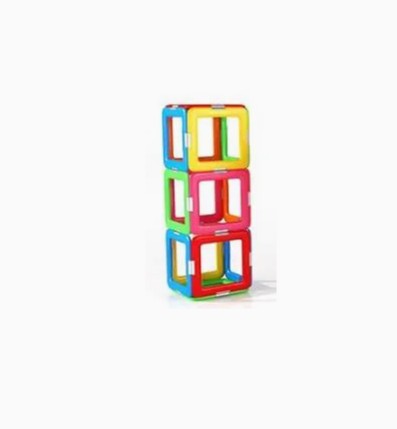
Conclusion: Choosing the Right Toddler Toys for a Bright Future
Selecting the ideal toddler toys involves understanding your child's developmental needs and interests. The best toys are those that combine safety, educational value, and joy, encouraging curiosity and confidence-fundamental ingredients for a stimulating early childhood experience. With the right toys, you can turn everyday play into a meaningful journey of discovery and growth, setting the foundation for lifelong learning and happiness.
Recommended products
